
DEEP INTO THE COMMUNITY
Black Diamond Athlete Angela Hawse is a guide for change.
You're eligible for Free Shipping!
$0.00 USD
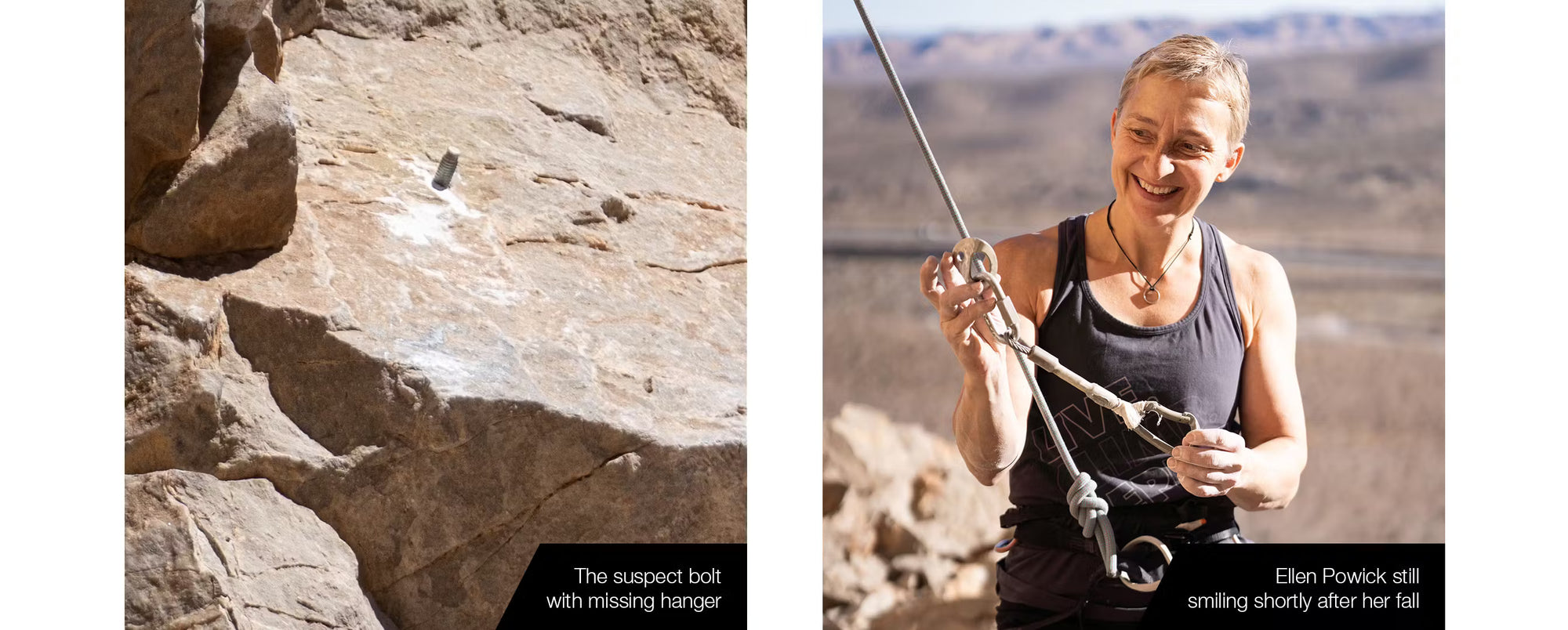
Recently, my undercover crusher wife Ellen Powick was trying a route at our local crag and took a little plopper fall while barely above the bolt—standard fare. Then she let out a little scream (extremely unusual) and continued to fall further than expected, luckily coming up short of hitting the ledge below. She was fine, but we were all confused as to what had just happened.

It turns out the nut on the bolt must have come loose with barely any thread remaining, and a slightly outward force of the fall popped it off, resulting in the hanger and entire fixed permadraw flying off and sailing down the rope during the fall clocking her in the forearm. Luckily it wasn’t her face! The next bolt caught her. After she lowered and the jitters wore off, I asked if she ever checks the hangers or nuts or bolts as she’s climbing by, or especially while working a route. She gave me a look and calmly said “well obviously not this time!”
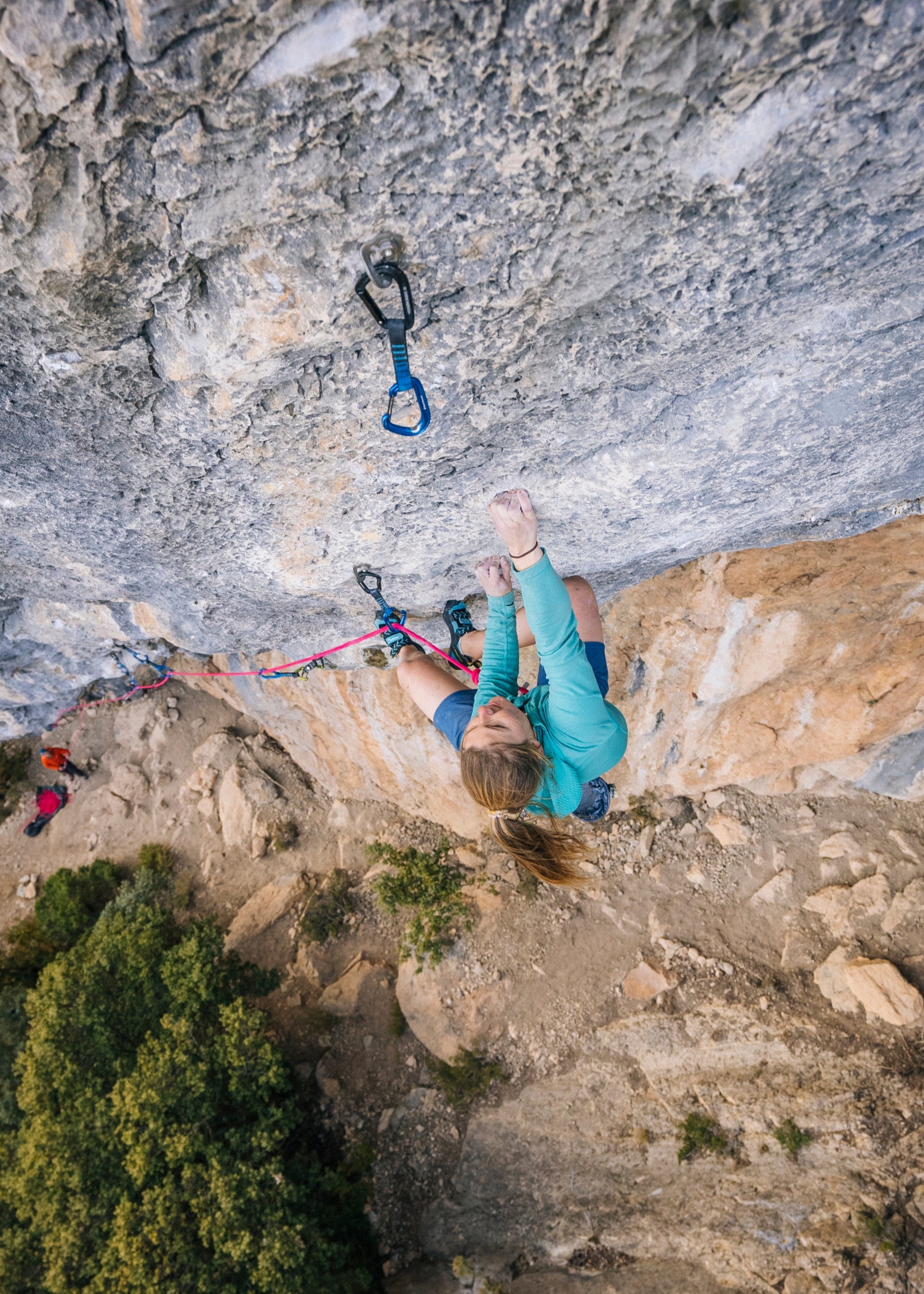
Just a few weeks later at a different local crag, local hardman Bill Ramsey was working a route that had been seeing lots of traffic lately and the same thing ALMOST happened. He was hanging on a bolt and noticed the nut incredibly loose and about to pop. He very gingerly stick clipped his way past and up to the next bolt to security, hauled up a wrench and tightened the suspect nut below.
So, the question is, how should we properly approach bolted sport climbs—routes equipped with protection many of us inherently consider completely “safe.” Do the majority of climbers inspect the bolts, hangers, and fixed gear on sport routes? Who tightens loose bolts, or informs local climbing associations when climbers encounter something suspect? We decided to pose these questions to a handful of our friends, athletes and ambassadors and hear what they had to say.
“I check at least the first bolts, but if I can see that the first few are new or glue-ins I tend not to check them as I go, especially when onsighting,” she says.
We asked if she ever carries a wrench in her pack to tighten bolts.
“Sometimes,” she says. “We have one in the van and take it with us if we think the crag needs it.”
As for reporting suspect bolts, she says it depends on where she is climbing.
“It depends on where I am and how bad it is, but I haven't had an experience that has been explicitly bad. Usually it's more “these bolts could do with being replaced but they are probably safe for now.”
But she adds:
“I also think it's important to check fixed quickdraws. Often, they are super sharp, or the webbing is really worn.”
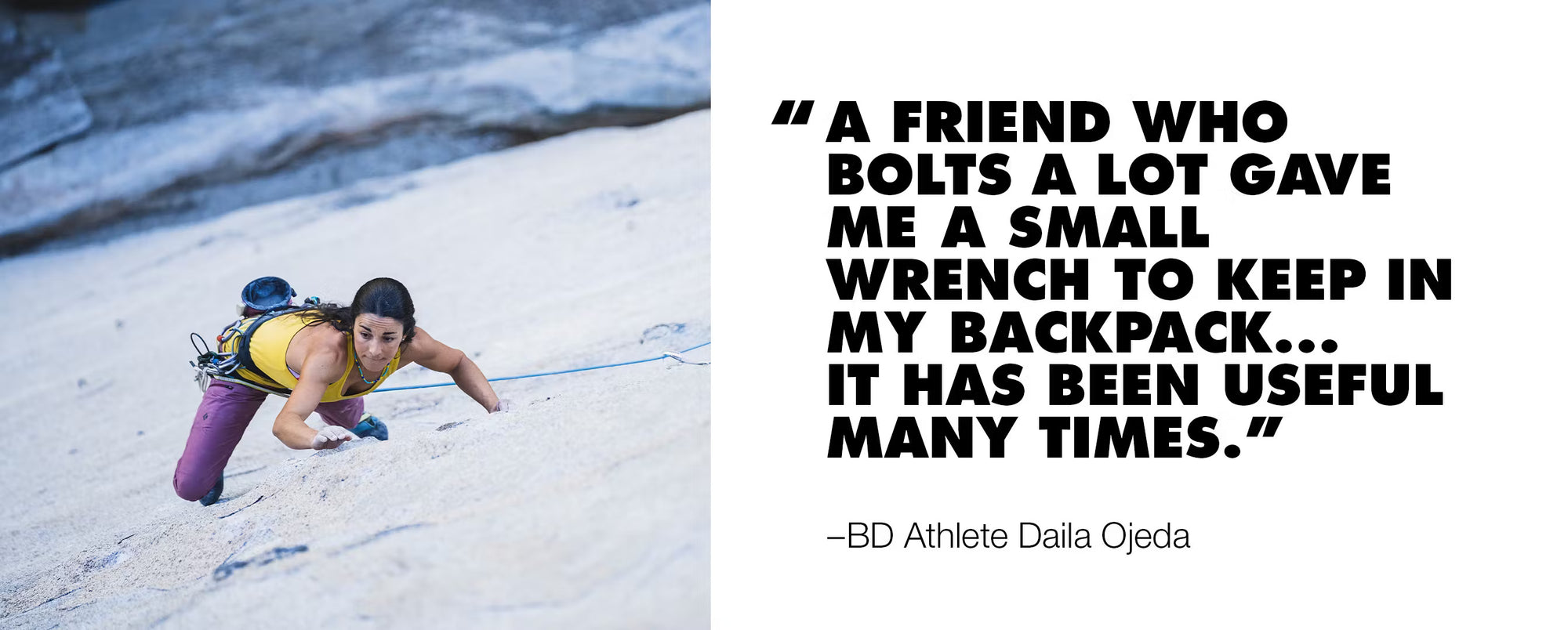
“I do check the bolts because I climb and I have always climbed with people who bolt and re-bolt sport climbing crags and they are very aware of this, so I am used to checking them out,” she explains.
“A friend who bolts a lot gave me a small wrench to keep in my backpack. And I have to tell you that it has been useful many times,”she adds. At some areas, the locals will leave a wrench at the crags for people to use if necessary.”
As for reporting potential problems, Daila feels it’s necessary to go right to the source.
“I like to know who bolted the routes I climb and if there is a problem with the route, I normally say something to the original bolter, or to an association. It is very important to do this because we are a community, and we have to take care of our playground. In the climbing gyms, there are people who work to keep the wall safe, clean, etc. On the real rock, it’s up to us.”

“I had the same thing happen to me on a route too,” said Babsi. “The hanger was loose and came off as I climbed past, and I fell and was faaaaaaaalling. Before that experience I never really checked any bolts. I always took it for bomber protection. Nowadays I often check bolts.”
Babsi says she carries a wrench for long multi-pitch climbs but not to the crag.
“At the crag I often try to tighten the nut with my fingers.”
But for Babsi, the really scary thing with sport routes are rusty bolts. “I had an experience in Val di Mello with a very old route,” she says. “The first few days on the wall I was happy to see lots of bolts and felt pretty safe and took some risks of having big falls. After a while trying this route the guys who did the first ascent of the route asked if we could replace some bolts and that was the eye-opening moment. When I saw the bolts (see photos) I was not so confident anymore. I switched from climbing without fear to being extra sensitive about it!”
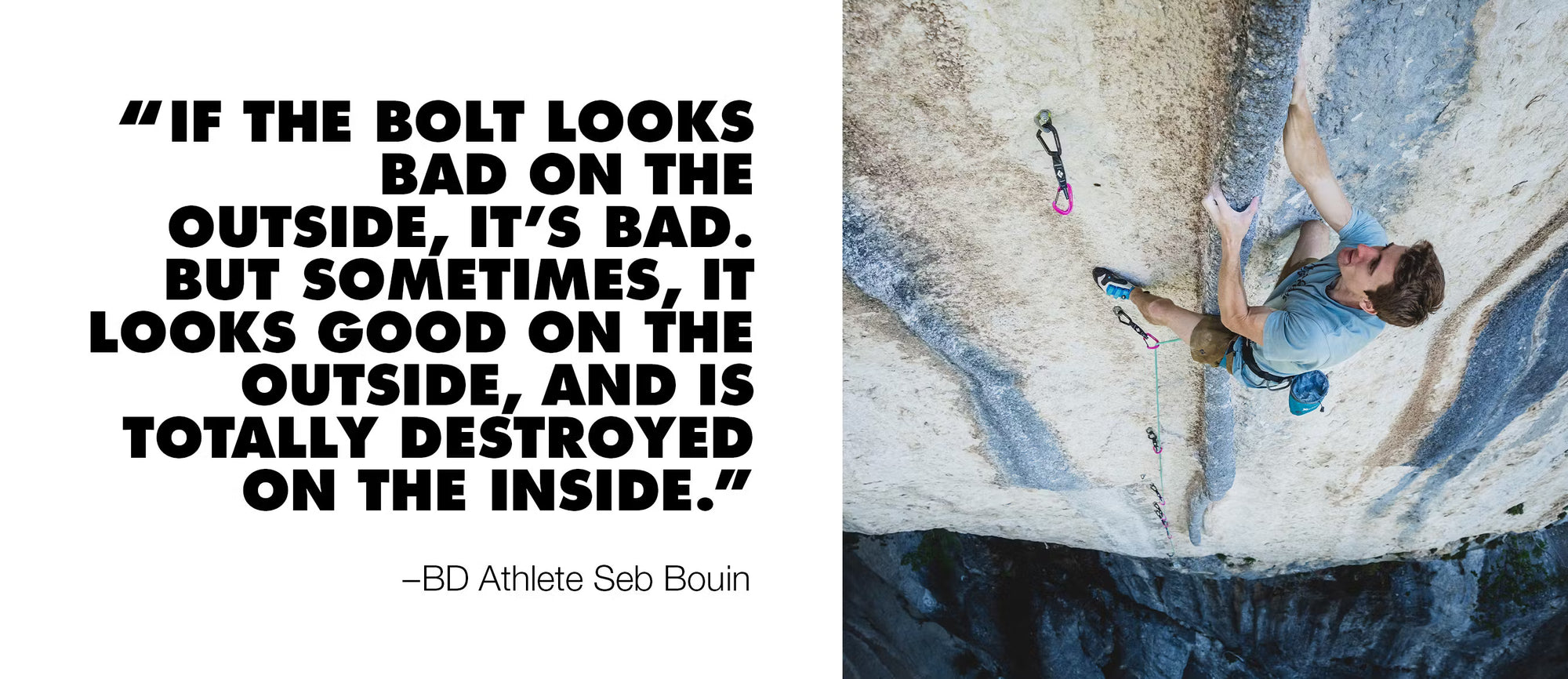
“I personally started to check bolts after I ripped one while bolting a multi-pitch ground up,” says Jacopo. “Since then I’m more careful and I try to always check the bolts.”
He adds:
“I also had a couple of situations in which the nut came loose because of the rope drag (mostly on traverses) and the hanger came off. It’s something that freaks me out and that’s why I mostly have a wrench in my backpack!”
This has given Seb an innate understanding of bolted protection.
“Because I bolt routes, I am used to checking the bolts when I am projecting,” he explains. “I am usually just checking the key bolts (i.e. if they break you can hit the ground).”
For Seb, having a basic understanding of how expansion bolts work helps.
“I think it’s hard to be able to check a bolt if you’ve never placed a bolt, or at least if you are not educated to ‘how it works,’” he says.
“It's really hard to know the integrity of the part of the bolt that you can’t see.
“If the bolt looks bad on the outside, it’s bad. But sometimes, it looks good on the outside, and is totally destroyed on the inside.”

For Seb, the first step to safety is education. And always report anything that looks suspicious. But to who? Seb says locals are a good place to start.
“The easiest option when you see a bad bolt at a crag is to alert the locals. They would likely know the bolters, or the association around. And if you know how to bolt, ask permission of the original bolter for replacing the bolt yourself.”
One final point Seb makes is that using modern hardware could solve the problem of faulty bolts and loose hangers.
“I think the best way to not have this kind of problem would be to bolt with chemical bolts. (glue-ins),” explains Seb. They have a longer life and no problem of the nut coming loose.”
“If they are all shiny bright glue-ins then I keep an eye for change,” he says. “If something looks weird it may be. If it’s an old route, then I inspect closer. Sea cliffs, water, rust, physical damage, are all signs to me to take a sharper look.”
as for those spinning hangers, Gadd’s got a little hack for you.
“If I encounter a loose nut, I can often tighten it ‘enough’ just using the slots in my ATC.”
He adds:
“When I encounter something suspect I’ll usually post on social media to the Facebook page for that community (TABVAR here in Canmore, but lots of groups globally).”
At the end of the day, it’s probably a good idea to have a look at the hangers and bolts, and also the anchors and fixed draws for sharp carabiners or worn webbing.
Check out this these QC Labs from the past that go into more in-depth analysis of worn carabiners.
QC LAB: Dangers of Rope-Worn Carabiners
QC LAB: How Sketchy is a Sharp-Edged Carabiner?
Remember gear doesn’t last forever—not even sport climbs. Don’t only check your knot but have a look around and check out the hardware. If you see suspect gear, swap it out, or let your local climbing association know about it—and it’s probably worth carrying a wrench in your pack so if you do see some loose nuts, it’s easy enough to snug them up.
We went back a few days later, put the bolt hanger and permadraw back on and she hiked the route, as usual.
Kolin “KP” Powick is BD’s inveterate Gear Guru, and the former head of RND. He now splits his time between Vegas and Canmore climbing every day he can.
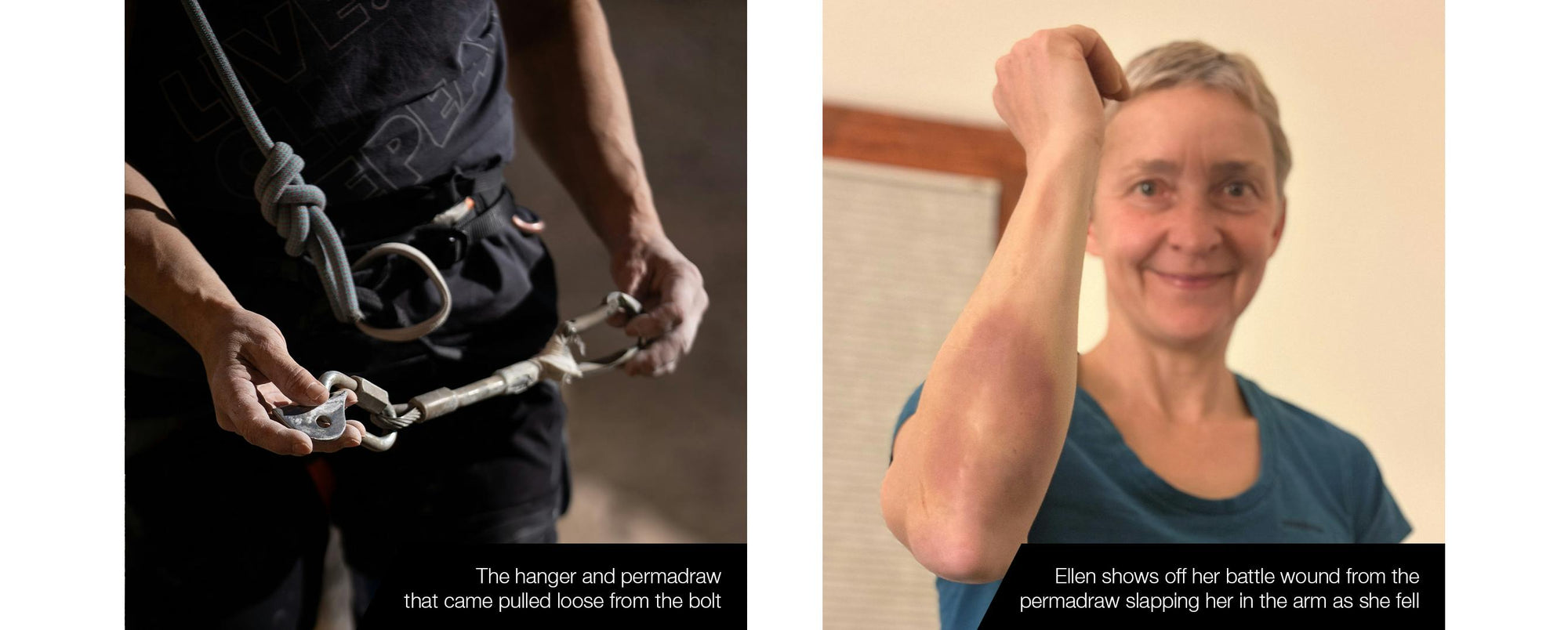
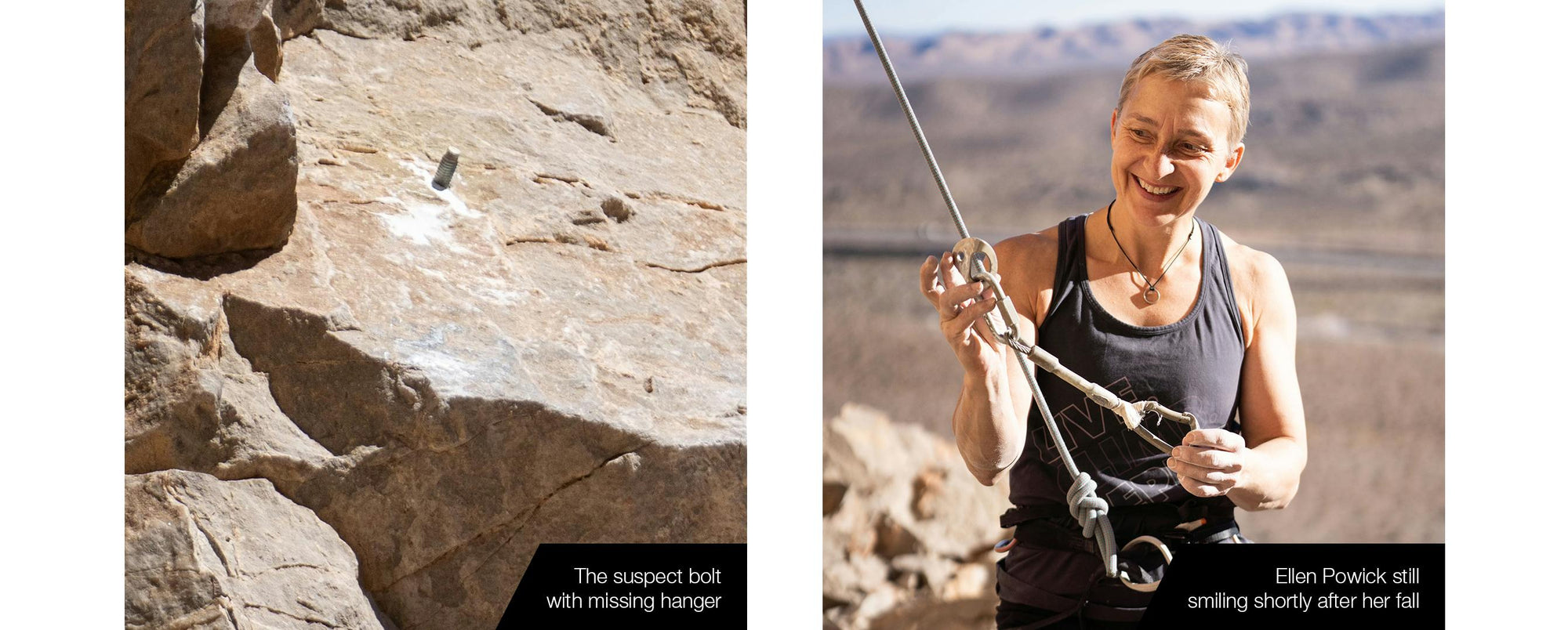
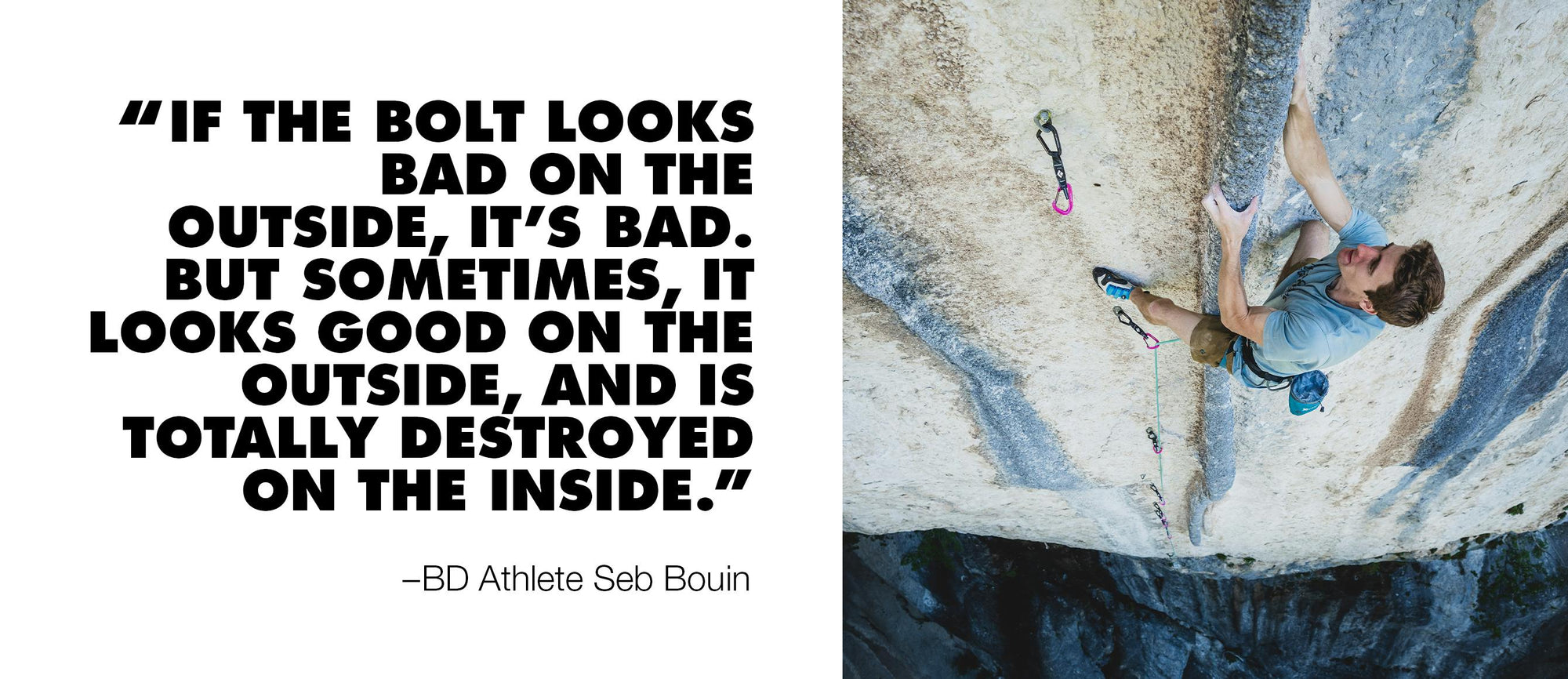





Follow BD Athlete Yannick Glatthard deep into the Swiss Alps as he shares his home...
Follow BD Athlete Yannick Glatthard deep into the Swiss Alps as he shares his home mountains with close friends.

Follow Dorian Densmore and Mya Akins for another winter season of steep Alaskan spines, backyard...
Follow Dorian Densmore and Mya Akins for another winter season of steep Alaskan spines, backyard couloirs, and deep adventures in the mountains.
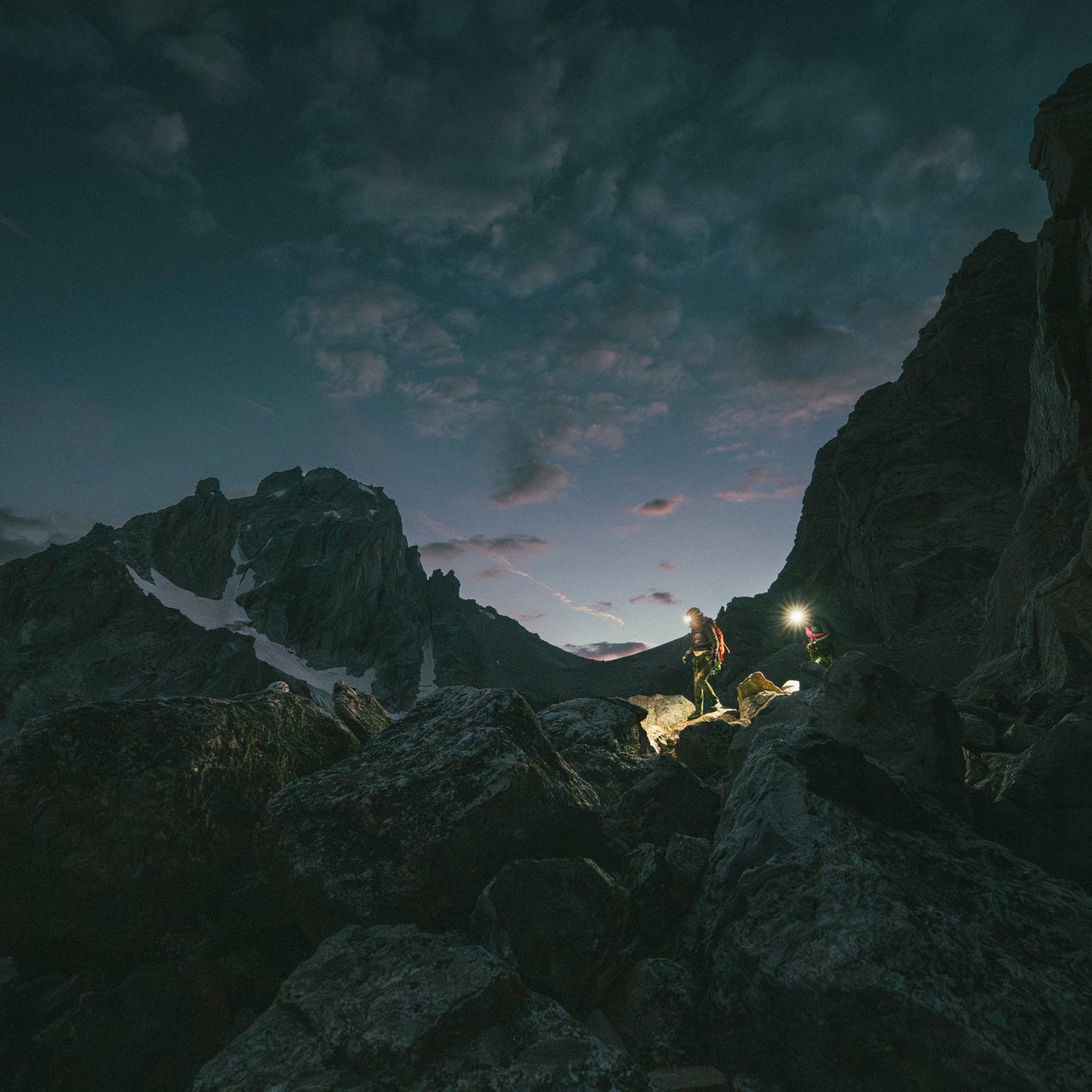
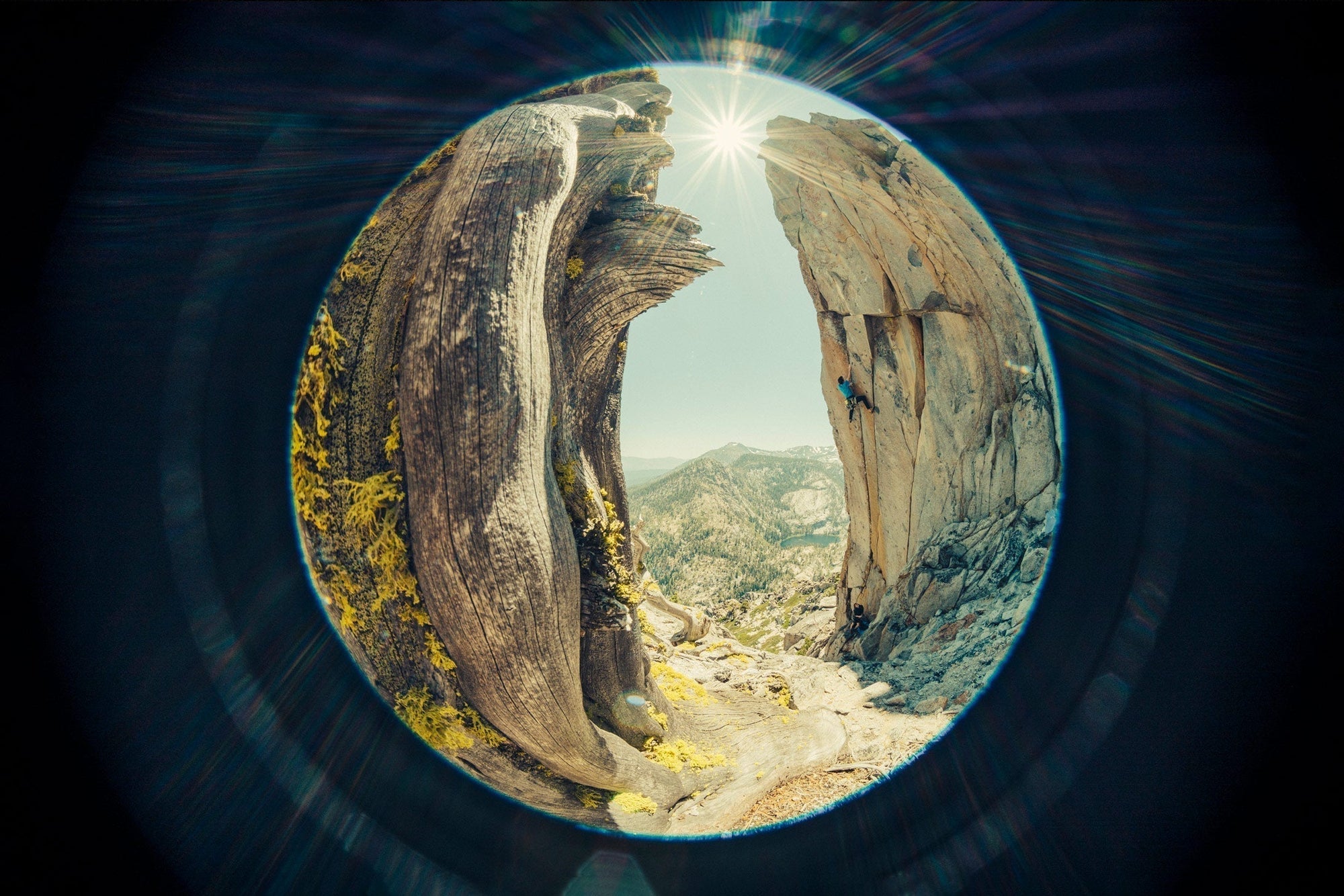
Watch BD Athlete Alex Honnold throw down on some hard trad high above Tahoe.
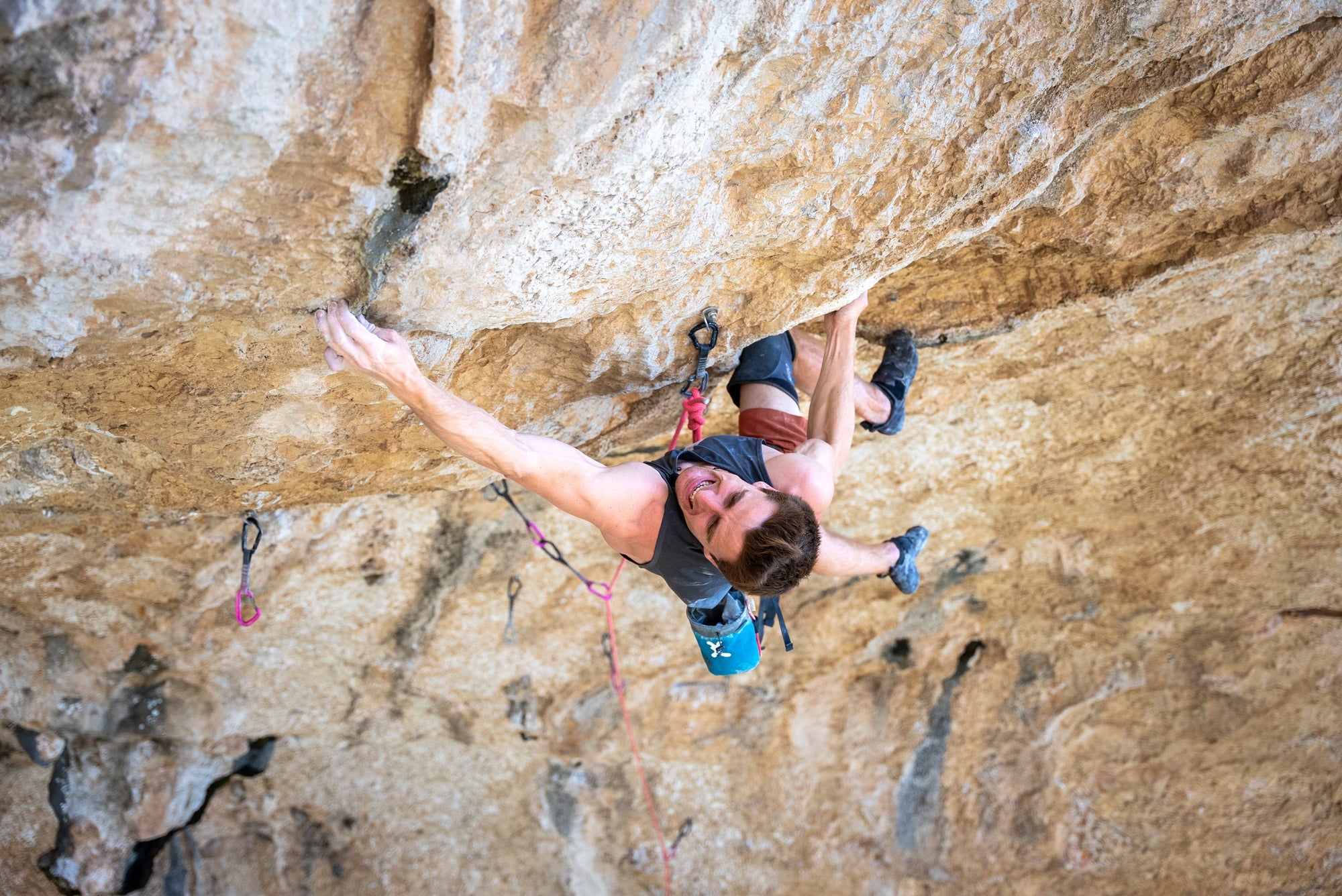
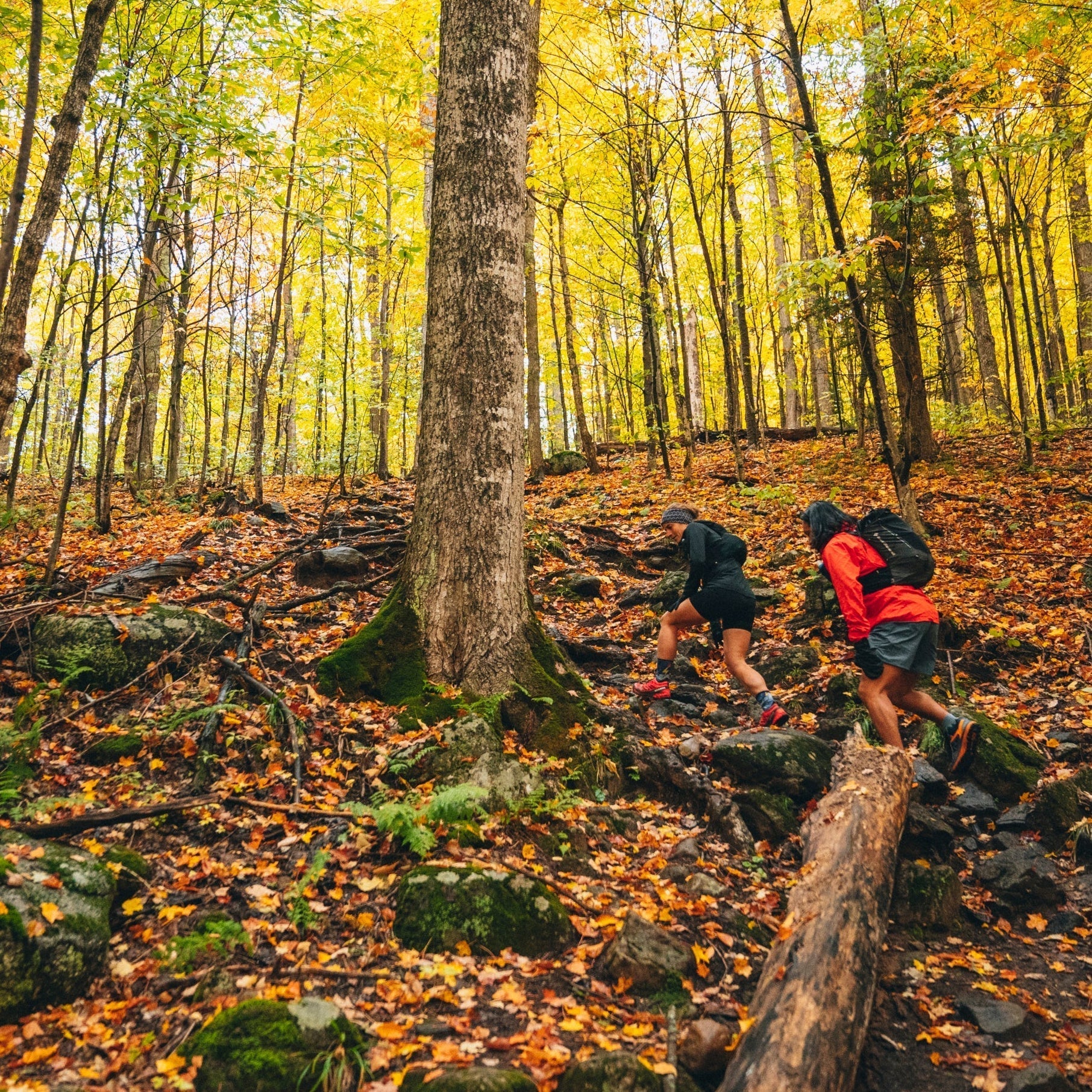
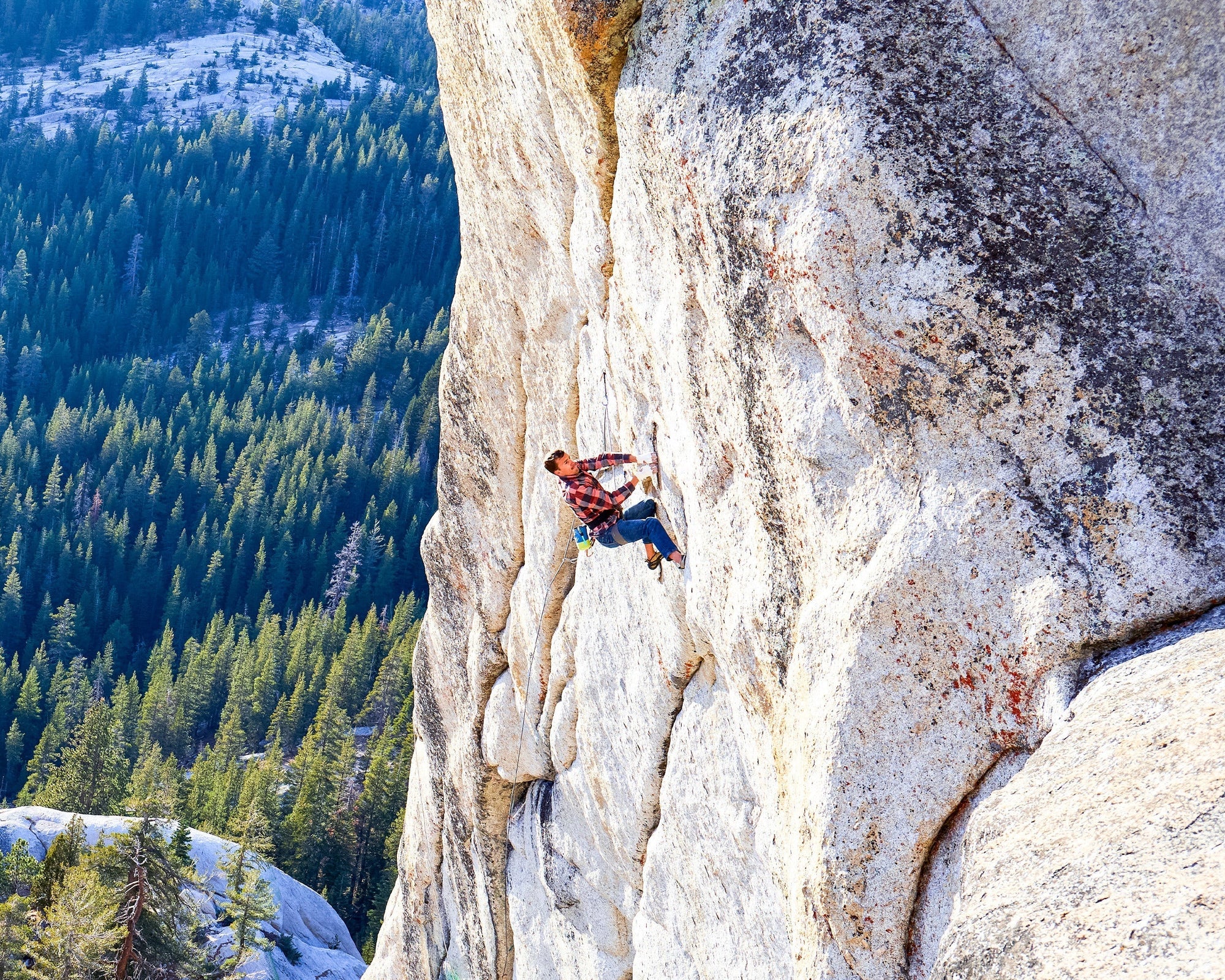
In 2012, filmmaker and photographer Ben Ditto, and professional climber Mason Earle equipped an immaculate...
In 2012, filmmaker and photographer Ben Ditto, and professional climber Mason Earle equipped an immaculate line in Tuolumne’s high country. But their attempts to free the route were thwarted when Mason’s life changed drastically. With the help of Connor Herson, Ditto and Mason found a way to keep the dream alive.
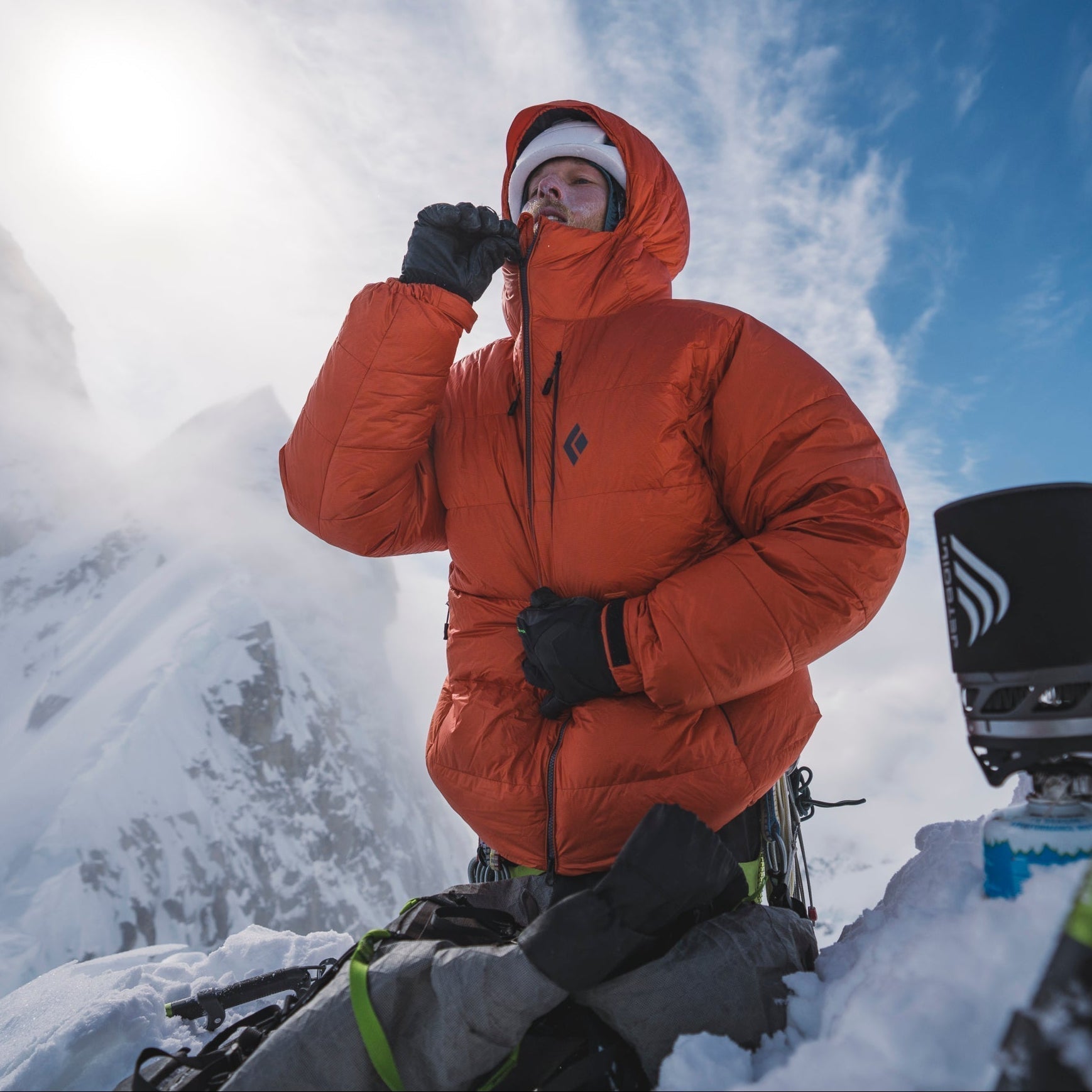

Watch and learn as our Field Test Coordinator runs you through a step by step...
Watch and learn as our Field Test Coordinator runs you through a step by step process of trimming and setting up any STS-style Black Diamond skin.


Every climber has a few lines they dream about. Whether inspired or haunted—or sometimes both—these...
Every climber has a few lines they dream about. Whether inspired or haunted—or sometimes both—these lines can push us beyond what we thought we were capable of, in turn teaching us who we really are. BD Ambassador Ethan Salvo recently restructured his entire life to focus on two climbs that pulled him into the void with only one way out … getting to the top. This is his story of sending Dreamcatcher and becoming the first Canadian to climb V16 in the same week.

BD Athlete Connor Herson spent as many weekends as possible in the Valley this spring...
BD Athlete Connor Herson spent as many weekends as possible in the Valley this spring during a grueling quarter at Stanford. The objective? Ground up, in-a-day ascents.
